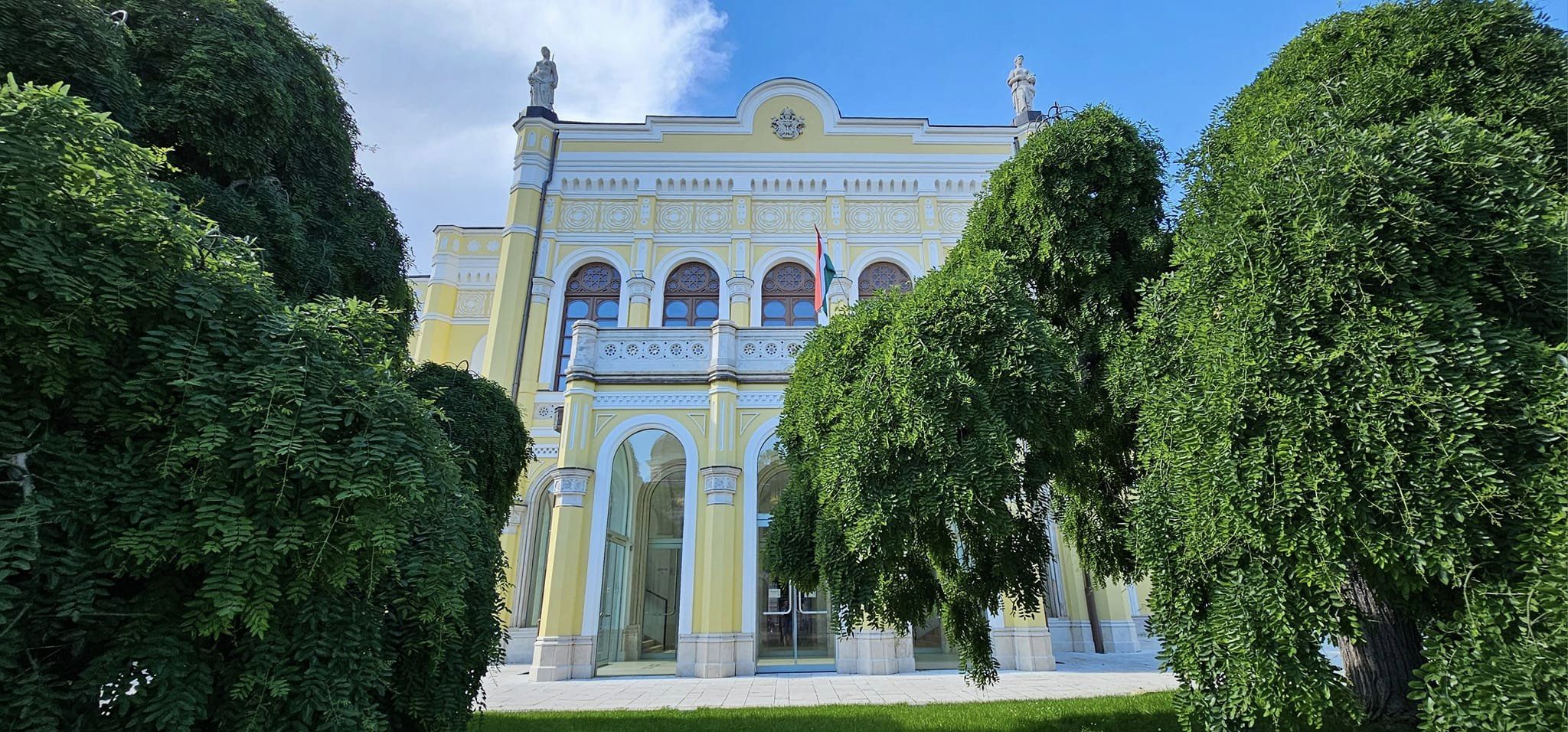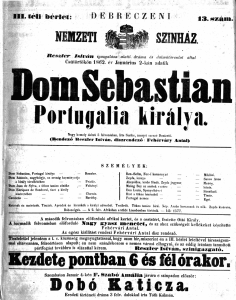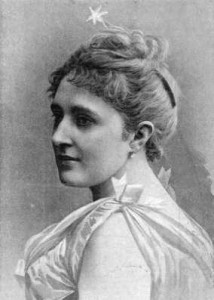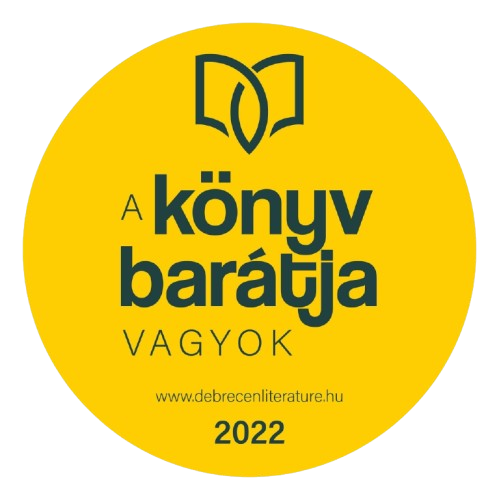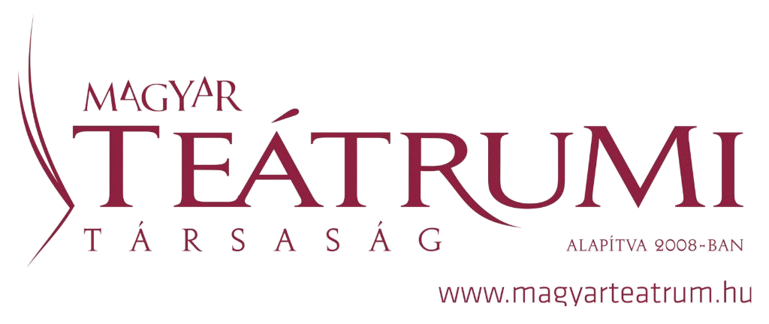The idea of a permanent theater arose as early as the 1840s, but funding couldn't be secured and no subsequent government permission was granted.
In 1858, the Theater Committee was formed, which began negotiations with Miklós Ybl. Ybl initially suggested a central location in Nagy Czegléd Street, before opting for a location closer to the city center. In 1861, he withdrew when he learned that the city was also negotiating with Antal Skalnitzky.
During this time, at the end of the Bach-era, the art scene in Debrecen began flourishing. In 1861, the Memorial Gardens Group was established, making arrangements for the space between the Great Church and the Reformed College, and collecting money for the Soldier statue, and later for Miklós Izsó's monument to Mihály Csokonai Vitéz. They launched the newspaper Hortobágy, which became a constant advocate for noble causes.
Meanwhile, in 1861, the city council voted to allocate 140,000 forints and decided to commence the construction works. Antal Skalnitzky started working with great enthusiasm, drawing inspiration from works he had seen in France and England and his own acquired experiences. After a great deal of intense work, he submitted his plans on 15 June 1861, which was approved with a budget of 144,530 forints. In recognition of the plans, he was elected a member of the Hungarian Academy of Sciences. The execution of the work was undertaken by Imre Vecsey for a sum of 101,500 forints. The experienced architect who had traveled throughout Europe performed his duties excellently and with great dedication, despite various difficulties.
The city only managed to keep up with payments by selling more and more land; the plots that were being sold on the fringes of town became known as the ‘Land of Regrets’ and ‘Cursed Lands’ by those who opposed the sale. Therefore, it is not true, and indeed a comment against the city dwellers, to say that the city of Debrecen built such a splendid theater ‘because it could afford it.’ Indeed, the magnificent and spacious palace was built for the future generations.
Despite all these difficulties, by the fall of 1864, the theater was already standing, and work on the exterior and interior decorations began. Antal Skalnitzky designed the cast-iron fence and the lamp posts, while the slender interior columns of the building were painted in crimson-red and gold.
